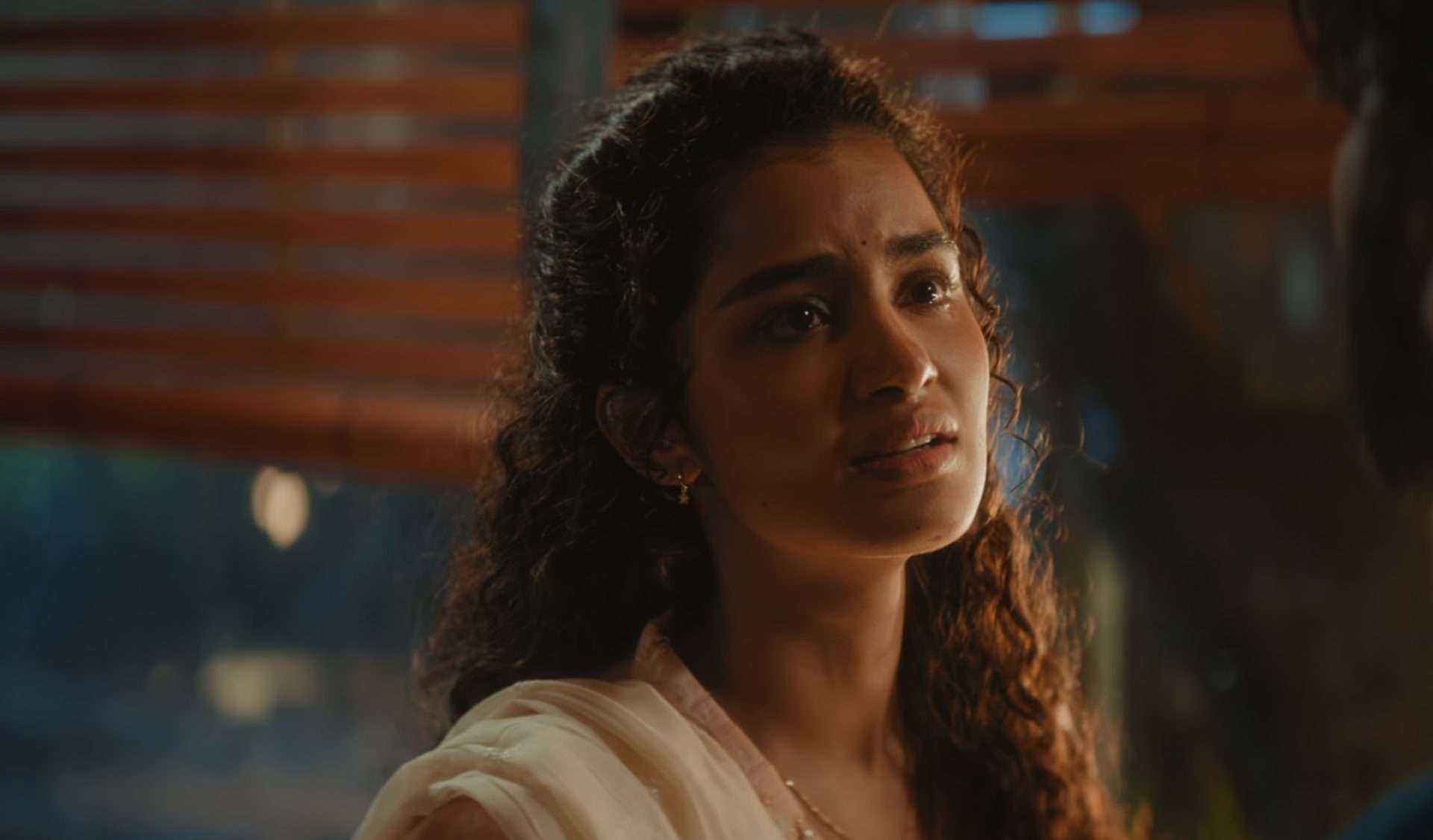Daughter of the Dragon is a 1931 American pre-Code crime mystery film directed by Lloyd Corrigan, notable for its exotic atmosphere, melodramatic plot, and historical significance in early Hollywood cinema. The film stars Anna May Wong, Warner Oland, and Sessue Hayakawa, marking one of the rare instances in which three prominent Asian actors of the era appeared together in a major studio production. Loosely based on characters created by British novelist Sax Rohmer, it continues the infamous “Fu Manchu” saga, blending pulp fiction intrigue with a heavy dose of early 20th-century Orientalist tropes.
The story picks up after the events of The Mysterious Dr. Fu Manchu and The Return of Dr. Fu Manchu. Warner Oland reprises his role as the cunning and vengeful Dr. Fu Manchu, though his appearance is brief. Early in the film, Fu Manchu is hunted down and fatally wounded, but before dying, he entrusts his daughter, Princess Ling Moy (Anna May Wong), with the task of avenging his death. Ling Moy, initially reluctant, is soon drawn into a web of loyalty and revenge, feeling compelled to carry out her father’s final wish. The target of her vengeance is the Petrie family, specifically Ronald Petrie, the son of the man responsible for Fu Manchu’s demise.
Complications arise when Ling Moy meets Ronald (played by Bramwell Fletcher) and unexpectedly falls in love with him. This emotional conflict creates a dramatic tension between her duty as her father’s heir and her own desires. Adding to the complexity is the presence of Ah Kee (Sessue Hayakawa), a dedicated police detective assigned to protect the Petries. Ah Kee secretly harbors feelings for Ling Moy, setting up a tragic love triangle where loyalty, cultural identity, and moral boundaries are tested.

The film is rich with stylized set designs, moody lighting, and elaborate costumes that evoke a sense of exotic mystery—though often filtered through the lens of 1930s Hollywood stereotypes about Asia. Anna May Wong’s performance is one of the film’s strongest elements; she imbues Ling Moy with both elegance and depth, managing to transcend much of the formulaic writing. Sessue Hayakawa delivers a dignified and restrained portrayal of Ah Kee, offering a rare positive depiction of an Asian hero during this period. Warner Oland, a Swedish-American actor in heavy makeup, plays Fu Manchu with his usual mix of menace and theatricality.
Upon its release, Daughter of the Dragon received mixed reviews. Critics praised the performances of Wong and Hayakawa but criticized the film’s reliance on racial caricatures and pulp clichés. Today, it is often studied in discussions of Hollywood’s portrayal of Asians, both for its groundbreaking casting of Asian leads and for the problematic stereotypes it perpetuates. The film stands as an important artifact of its time—a reflection of the tensions between authentic representation and the commercialized exoticism that dominated early 20th-century American cinema.

While not without its flaws, Daughter of the Dragon remains a compelling snapshot of an era when Asian actors rarely had opportunities to headline major studio productions. Its combination of melodrama, romance, and revenge makes it a fascinating piece for film historians and fans of early mystery thrillers, offering both entertainment value and insight into the cultural dynamics of 1930s Hollywood.


